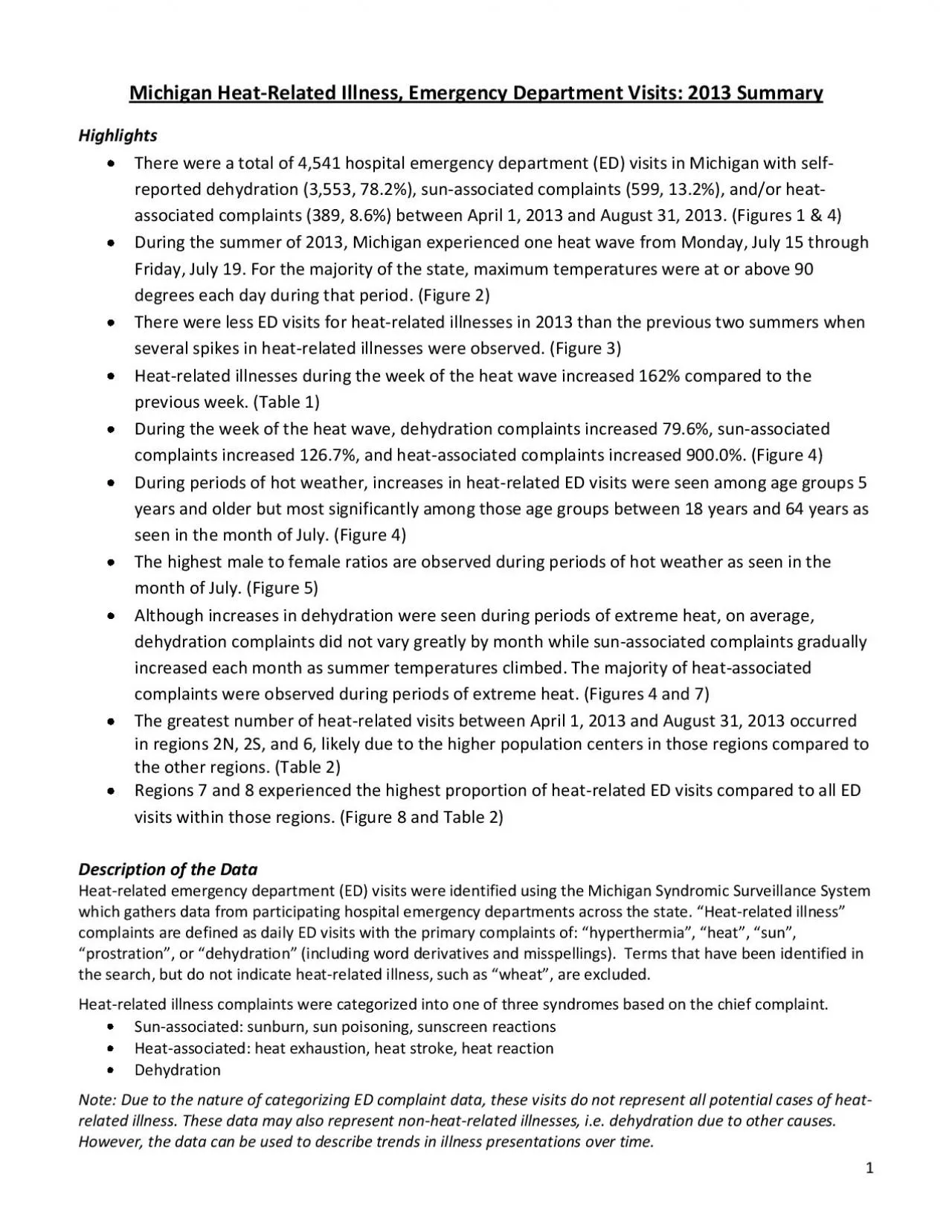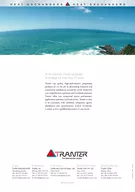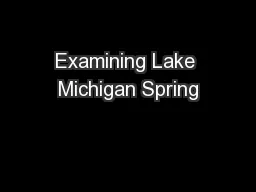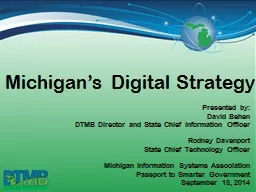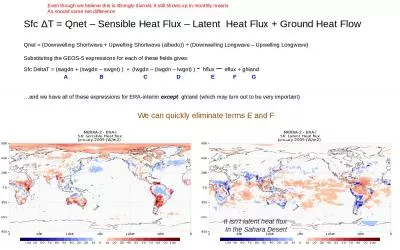PDF-Michigan Heat
Author : violet | Published Date : 2022-10-13
1 Related Illness Emergency Department Visits 2013 Summary Highlights There were a total of 454 1 hospital emergency department ED visits in Michigan with self reported
Presentation Embed Code
Download Presentation
Download Presentation The PPT/PDF document "Michigan Heat" is the property of its rightful owner. Permission is granted to download and print the materials on this website for personal, non-commercial use only, and to display it on your personal computer provided you do not modify the materials and that you retain all copyright notices contained in the materials. By downloading content from our website, you accept the terms of this agreement.
Michigan Heat: Transcript
Download Rules Of Document
"Michigan Heat"The content belongs to its owner. You may download and print it for personal use, without modification, and keep all copyright notices. By downloading, you agree to these terms.
Related Documents

